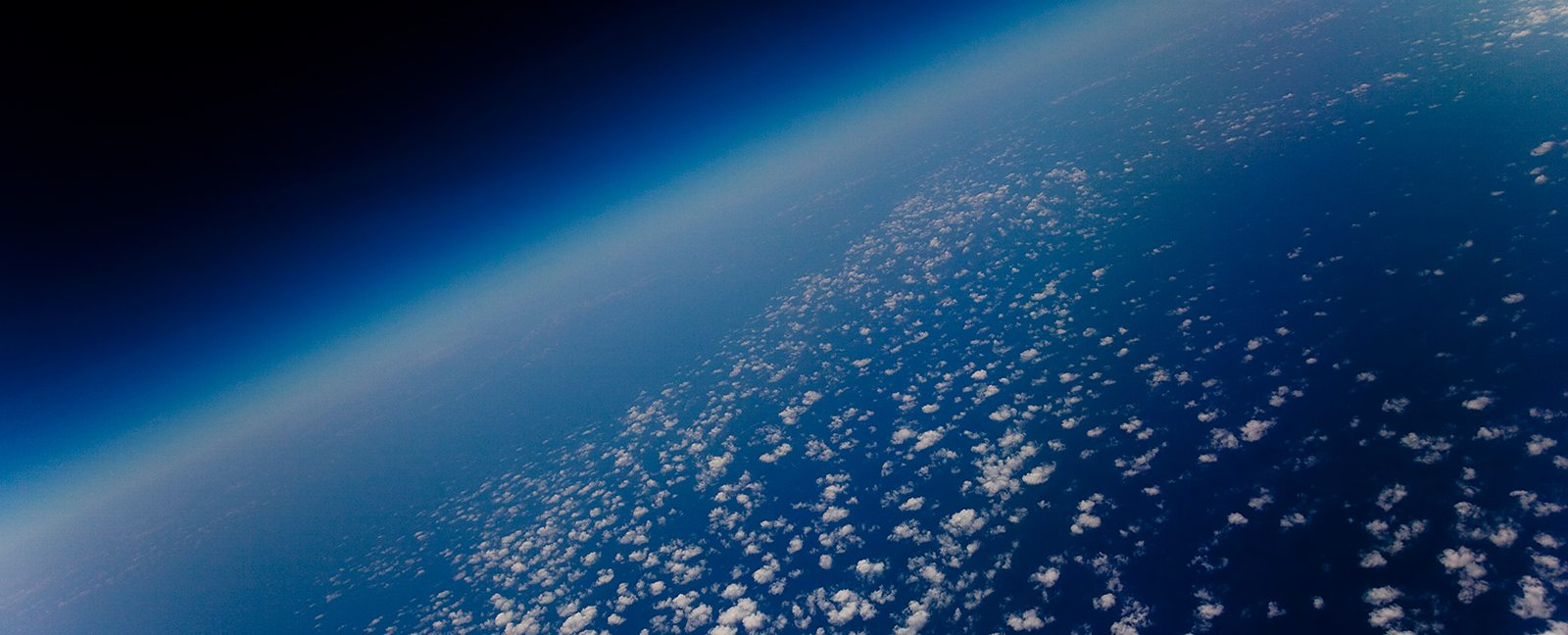
Where does the Nitrogen in the air come from?
Living things and volcanic activity are an essential part of the Earth's ‘nitrogen cycle.’
Nitrogen makes up 78 per cent of the air we breathe, and it’s thought that most of it was initially trapped in the chunks of primordial rubble that formed the Earth. When they smashed together, they coalesced and their nitrogen content has been seeping out along the molten cracks in the planet’s crust ever since.
Nitrogen can only be used by living organisms after it has been ‘fixed’ into more reactive compounds such as ammonia or oxides of nitrogen.
Nitrogen fixation is carried out by bacteria, algae and human activity, and once organisms have benefited from it, some of the nitrogen compounds break down and go back into the atmosphere as nitrogen gas.
Along with top-ups from volcanic eruptions, the ‘nitrogen cycle’ has kept the level pretty constant for at least 100 million years.
 English
English Arabic
Arabic


